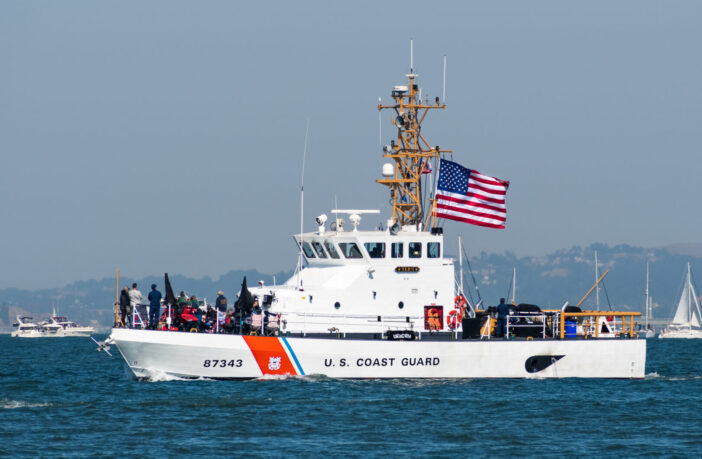When it comes to securing our nation’s borders, almost all the attention is dedicated to our southern boundary with Mexico. That’s for good reason, as more than 99 percent of U.S. Customs and Border Protection (CBP) apprehensions occur along our Southern Border. However, thousands of illegal aliens and drug traffickers are also apprehended every year along the more than 15,000 miles of America’s coastal waters. Despite this, we rarely hear about these efforts.
Due to recent increased security efforts at the Southern Border, including 452 miles of new border wall, illegal aliens are increasingly turning to alternative methods of entering the United States. This includes flying to Canada and then illegally crossing the less secure Northern Border, or else attempting the high-risk method of entering the country via the sea.
According to Chief Patrol Agent Aaron Heitke, CBP has seen “a 93 percent increase in maritime apprehensions this past fiscal year, with no signs of slowing yet.” The San Diego Sector alone documented a record 309 “maritime smuggling attempts” during Fiscal Year 2020.
Maritime border enforcement efforts are often incredibly dangerous for both law enforcement officers and those who are attempting to illegally enter the United States. One such example was in July, 2019 when Coast Guard members, in cooperation with CBP, jumped onto a rapidly moving surfaced submarine which was later found to be carrying more than 18,000 pounds of cocaine and marijuana.
More recently, CBP officers seized nearly $1 million worth of methamphetamine from a vessel that was suspected of maritime smuggling. On January 12, Department of Homeland Security partners stopped a small panga – also known as a “jon boat” – that was packed with 20 illegal aliens.
It’s not unreasonable to expect apprehensions along our coasts to increase so long as law enforcement measures remain high along the Southern Border. In fact, the recent increase in coastal apprehensions serves as good evidence that those efforts are yielding a positive effective. However, it is important that we continue to secure our coasts as well so that those who would otherwise illegally enter by land don’t simply enter from the sea instead.
The United State has nearly 20,000 miles of international land and water borders. And, even though the vast majority of attention if focused on the 2,000 mile land border with Mexico, it is important that we appreciate the efforts of those who help secure the other 18,000 miles as well.




